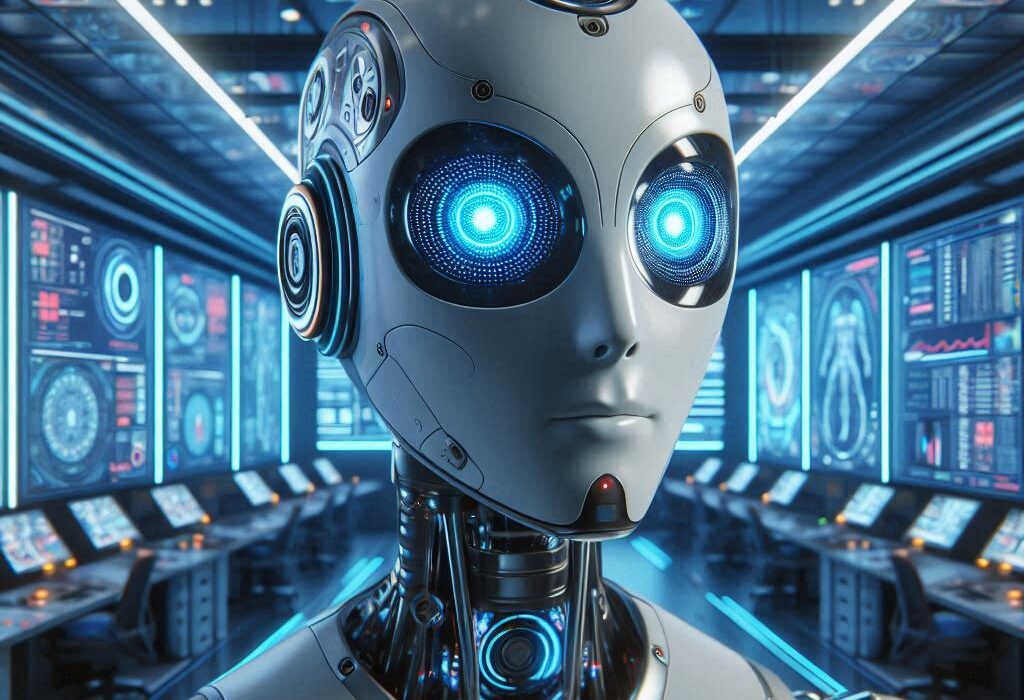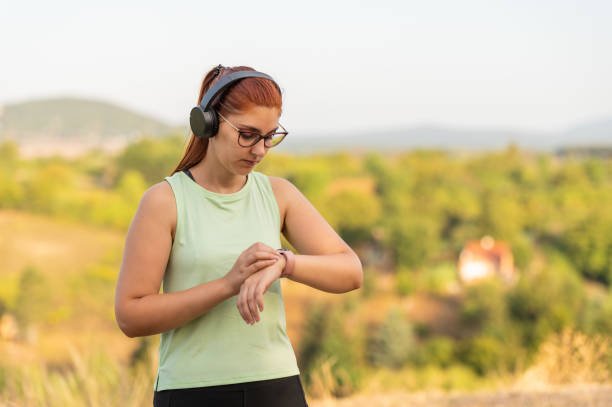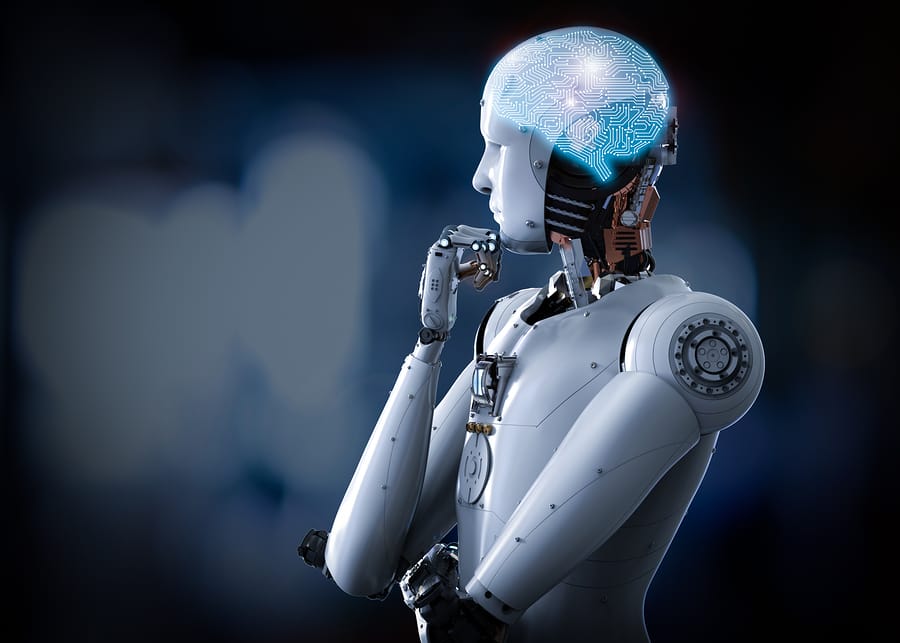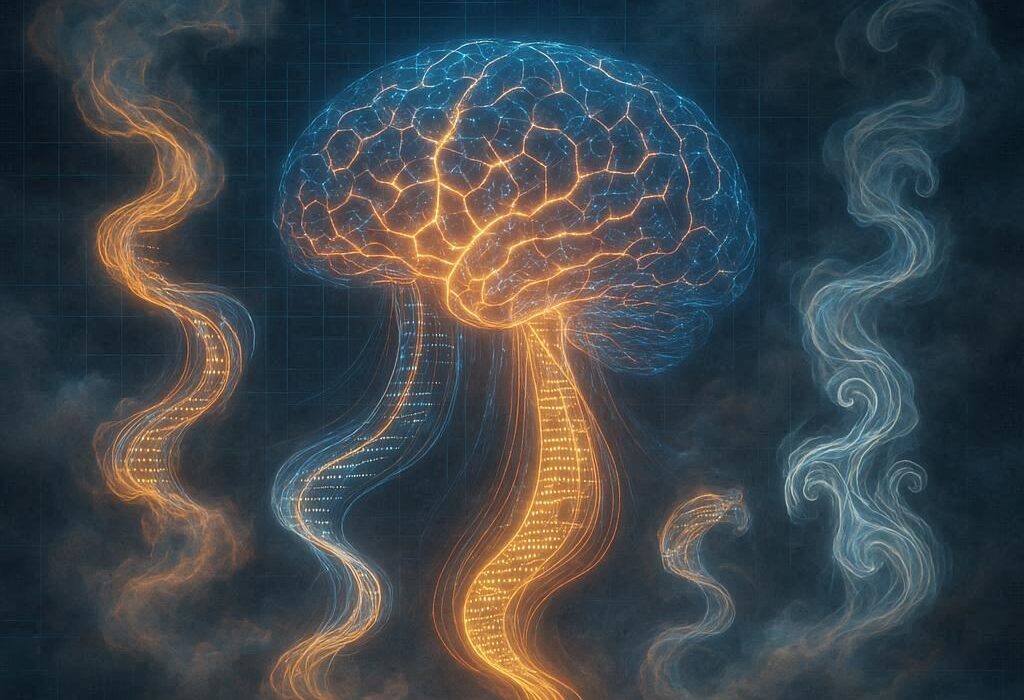A face has always been one of the most powerful symbols of truth. For centuries, we have trusted what we see—believing that photographs offer an honest glimpse into reality. But a new study has revealed something unsettling: artificial intelligence can now create images of real people so convincing that even the human eye can no longer tell the difference.
In groundbreaking research conducted by Swansea University, the University of Lincoln, and Ariel University in Israel, scientists discovered that AI systems such as ChatGPT and DALL·E are now capable of generating eerily lifelike portraits of both imaginary individuals and well-known celebrities. The results, published in the journal Cognitive Research: Principles and Implications, suggest that the world has entered a new era of “deepfake realism”—a time when seeing may no longer mean believing.
Faces That Fool the Human Brain
The research team wanted to test just how realistic modern AI-generated faces have become. Previous studies had already shown that people struggle to distinguish between AI-created faces of fictional individuals and real human photos. But this time, the scientists went further: they asked, what happens when AI generates images of real people—individuals whose faces we already know?
Using advanced models, the researchers produced highly realistic images of various individuals, including famous celebrities like Paul Rudd and Olivia Wilde. Then, across four carefully designed experiments, they asked participants from several countries—the United States, Canada, the United Kingdom, Australia, and New Zealand—to identify which images were real and which were synthetic.
The outcome was startling. Participants consistently failed to tell the difference. Even when they were familiar with the person’s face, their judgments were little better than chance. Adding comparison photos—a supposedly simple trick to help people recognize the real image—did not make much difference either.
Professor Jeremy Tree, from Swansea University’s School of Psychology, summarized the unsettling findings: “The fact that everyday AI tools can now generate such realistic synthetic images of real people not only raises urgent concerns about misinformation and trust in visual media but also highlights the pressing need for reliable detection methods.”
The Birth of Deepfake Realism
This new phase of image generation has been described as a leap into “deepfake realism.” Just a few years ago, even the most advanced AI-generated portraits had telltale flaws—strange lighting, asymmetrical eyes, unnatural skin textures, or distorted details in hair and background. But with the rapid evolution of models like DALL·E, Midjourney, and other neural image generators, those imperfections are disappearing.
The AI systems that once struggled to mimic the nuances of human expression can now render them flawlessly. They capture the subtlest shadows, the glint of light in an iris, the curve of a smile, and the texture of human skin with uncanny precision. The boundary between the real and the synthetic is fading—and with it, the visual cues that help us navigate truth from fabrication.
This isn’t just a technological achievement—it’s a psychological shockwave. For millennia, human beings have relied on faces as the ultimate test of authenticity. We instinctively believe what our eyes see. But in the age of AI, that instinct may betray us.
The Experiments That Changed the Game
In one of the study’s main experiments, participants were presented with a series of images—some genuine, others generated by AI. Their task was simple: identify which was real. The results revealed that human intuition is no longer a reliable guide. People were just as likely to label a fake face as real as they were to correctly identify an authentic one.
In another phase, the researchers tested recognition among familiar faces. Participants were shown photographs of Hollywood actors—Paul Rudd, Olivia Wilde, and others—alongside AI-created counterparts. Despite their familiarity with these celebrities, participants often failed to identify the true image. The AI imitations were simply too convincing.
These findings carry profound implications. If even familiar faces can be faked convincingly, then the potential for manipulation extends far beyond entertainment—it touches politics, business, journalism, and personal identity.
The Dangerous Power of Synthetic Reality
The ability to generate realistic human images at will opens doors to both creativity and deception. On one hand, artists, filmmakers, and game developers can use these tools to create digital worlds more vivid than ever before. On the other, bad actors can weaponize the same technology to fabricate endorsements, spread misinformation, or impersonate real people for malicious ends.
Imagine seeing a photograph of a world leader apparently signing a controversial treaty—or a celebrity promoting a political agenda they never supported. In the age of deepfake realism, such deceptions could look utterly authentic. Professor Tree warns that this poses “urgent concerns about misinformation and trust in visual media.”
The line between imagination and evidence is blurring, and without reliable detection tools, society could find itself caught in a new kind of visual illusion—one where proof itself becomes suspect.
When Familiarity Fails
One of the most striking aspects of the study is how little familiarity helped participants detect fakes. Normally, humans are remarkably skilled at recognizing familiar faces. Our brains have evolved a unique ability to distinguish the subtle details that make each person unique—the distance between the eyes, the shape of the jaw, the curve of a smile.
Yet in this study, that ability faltered. Even when participants were shown reference photos, their accuracy barely improved. This suggests that AI-generated faces are not just passable imitations—they’re precise reconstructions capable of tricking our most refined social instincts.
It’s a sobering realization: the very features we use to establish identity and authenticity are now easily forged by machines.
The Ethical and Psychological Challenge
The implications go beyond technology—they strike at the foundations of trust. We live in a world already saturated with visual media: social networks, news feeds, video platforms. Our perception of truth has long been shaped by images. If those images can no longer be trusted, what happens to our ability to believe?
The potential for abuse is vast. Fake celebrity endorsements could mislead millions. Fabricated political images could distort public opinion. Even personal relationships could be targeted—deepfaked images or videos used for manipulation, extortion, or harassment.
For the average viewer scrolling through an endless feed of photos and videos, this creates a new kind of cognitive burden. Every image demands skepticism. Every familiar face invites doubt. As Professor Tree notes, “While automated systems may eventually outperform humans at detecting fakes, for now, it’s up to viewers to judge what’s real.”
A Call for Vigilance and Detection
If AI can fool our eyes, then we must build new tools to defend the truth. The researchers emphasize that developing effective detection systems is now a matter of urgency. Advances in AI that enable realism must be matched by advances that enable verification.
Already, scientists are working on digital watermarking systems that can tag authentic content at the point of creation, as well as AI-powered detectors that can analyze microscopic inconsistencies invisible to humans. But these solutions are racing against time—and against AI models that evolve faster than regulations can keep up.
In this high-stakes technological arms race, awareness itself becomes a vital defense. Educating the public about the power and pitfalls of synthetic media can help foster a more critical eye in the digital age.
Redefining Reality in the Digital Era
What does it mean to live in a world where the boundary between the real and the artificial is dissolving? The answer may depend not on technology but on human responsibility. AI has given us astonishing creative potential—the power to generate images, voices, and worlds that once existed only in imagination. But with that power comes an equally vast responsibility to protect truth.
The Swansea–Lincoln–Ariel study is a warning as much as it is a revelation. It shows us that the tools we now possess are no longer just creative instruments; they are instruments of influence. How we use them will define the future of information, trust, and authenticity.
Seeing Beyond the Illusion
We have entered an era where reality can be replicated pixel by pixel, expression by expression. The photograph—once the symbol of truth—has become a stage for illusion. Yet even in this uncertain landscape, one thing remains constant: the human capacity for discernment.
Technology may blur what we see, but it cannot erase our will to understand. As we navigate this new world of digital mirrors and manufactured faces, the challenge is not to reject what’s artificial but to recognize it—to learn once again how to see, not just with our eyes, but with our judgment.
In the end, the truth may no longer be self-evident, but it will always be worth seeking.
More information: Robin S. S. Kramer et al, AI-generated images of familiar faces are indistinguishable from real photographs, Cognitive Research: Principles and Implications (2025). DOI: 10.1186/s41235-025-00683-w






